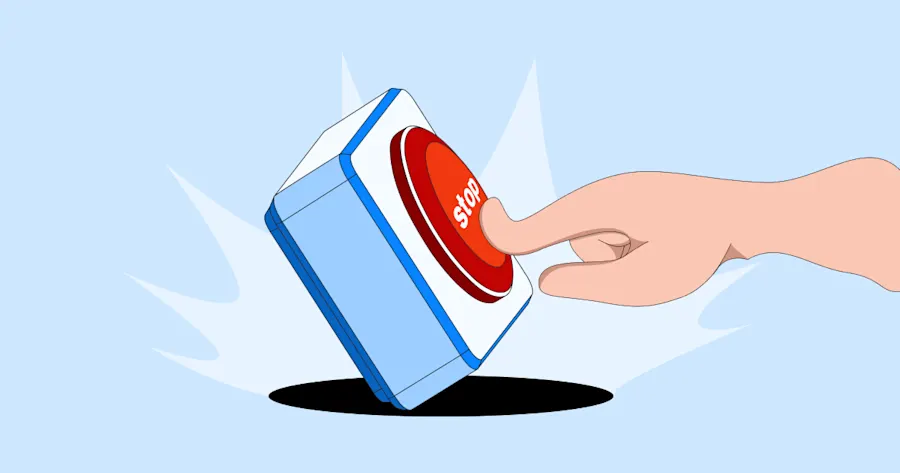Related Articles







Cryptocurrencies are among the most volatile asset classes, routinely swinging 5–20 % in a single session. A well-placed stop-loss order—an automated sell trigger at a predetermined price—acts as your first line of defence. It caps downside, enforces trading discipline, and frees you from monitoring the market 24/7. Yet the stop-loss must be calibrated: set it too tight and you exit on noise; set it too wide and small drawdowns snowball into crippling losses.
This guide explains how to determine a sensible stop-loss percentage, why 10 % remains a popular benchmark, and how to tailor the level to your strategy, time-frame, and risk tolerance.
Losses compound against you geometrically. The table below shows how much you must gain after a specific loss just to break even:
Loss | Required Gain to Break Even |
|---|---|
5% | 5% |
10% | 11% |
20% | 25% |
30% | 43% |
40% | 67% |
50% | 100% |
60% | 150% |
70% | 233% |
80% | 400% |
90% | 900% |
The takeaway is stark: the larger the drawdown, the harder the recovery. Capping losses quickly keeps your required comeback within realistic bounds.
Placing a stop 10 % below your entry instructs your exchange to liquidate if price falls that distance. Traders favour 10 % because:
A 10 % setback needs only an ≈ 11 % rebound to break even.
It allows room for normal intraday swings on high-cap coins.
It limits catastrophic portfolio damage during flash crashes.
A good stop-loss percentage for crypto trading typically falls between 3% and 10%, but the ideal level depends on several key factors, including the asset's volatility, your trading style, and overall risk tolerance. Cryptocurrencies are known for their high price fluctuations, and setting a stop-loss that is too tight—such as below 3%—may result in getting stopped out due to normal market noise, especially with volatile altcoins. On the other hand, placing a stop-loss that is too wide—such as over 10%—can lead to substantial losses that are difficult to recover, as the required gain to break even increases exponentially with deeper drawdowns.
To determine an appropriate stop-loss percentage, traders should consider the following.
Aim for a stop small enough that the required recovery gain fits your historical win profile. For many traders, that tops out near 10 %.
Benchmark your stop against your average winning trade. For example, if you typically bank 15 % gains, a stop between 3 – 7 % (one-fifth to one-half) yields a favourable 2:1 to 5:1 reward-to-risk ratio. This cushion lets you be wrong several times and still finish net positive.
Bitcoin/large-cap L1s: historical daily volatility ~2–5 %. Stops of 3 – 8 % often survive noise while protecting capital.
Mid-caps and DeFi tokens: higher variance; many traders widen to 6 – 12 %.
Low-cap or meme coins: extreme swings can justify stops of 10 – 15 %, but position sizing must shrink accordingly.
Short-term scalpers might tolerate 1–3 % stops with tight targets, whereas multi-day swing traders can use a wider buffer aligned with the coin’s Average True Range (ATR) over their holding period.
Anchor stops just beyond credible support—previous lows, moving-average confluence, Fibonacci clusters—or an ATR multiple. Avoid obvious round numbers that attract stop-hunts.
For example, suppose you enter a trade by buying ETH at 3,000 USDT, with an average profit target of 15%. To maintain a favorable risk-to-reward ratio, you decide to risk one-third of your target return, which means setting your stop-loss at 5%. This places your stop price at 2,850 USDT (calculated as 3,000 × 0.95). If the market moves against you and the stop is triggered, you incur a 5% loss. Two such losing trades would amount to a 10% total drawdown.
However, a single winning trade at your 15% profit target would fully offset both losses, effectively preserving your capital. This approach builds resilience into your trading system by embedding a mathematical buffer, allowing for multiple small failures without derailing your overall profitability.
Using a fixed dollar stop irrespective of position size or volatility.
Ignoring slippage during thin liquidity can result in market stop orders being filled beyond your intended price level.
Moving stops wider after entry (“stop-loss creep”), converting discipline into hope.
Crowding stops at obvious levels that market makers target.
Over-leveraging so that even a modest 3 % stop wipes out a large share of equity.
An effective stop-loss strategy should be tailored to your trading approach but generally follows a few key principles. It should typically remain below 10%, unless dictated otherwise by the volatility of the asset or broader market conditions. A well-calibrated stop-loss also aligns with your average expected return, maintaining at least a 2:1 reward-to-risk ratio to ensure long-term profitability. Additionally, it should be informed by technical analysis and adaptive tools such as volatility indicators (e.g., ATR) to avoid being triggered by normal market fluctuations. When paired with proper position sizing and risk management, a thoughtfully placed stop-loss becomes a powerful tool to contain losses and protect your trading capital from significant drawdowns.
Take control of your crypto trading with precision stop-loss tools and advanced risk management features on Flipster. Whether you're navigating high-volatility assets or fine-tuning your risk-to-reward ratio, Flipster’s platform is designed to help you execute trades with discipline and confidence. Start trading with some of the lowest fees in the market, customizable stop orders, and deep liquidity across both major and emerging tokens—all in one place.
Sign up now and trade smarter with Flipster. Capital protection starts with the right tools.
Disclaimer: This material is for information purposes only and does not constitute financial advice. Flipster makes no recommendations or guarantees in respect of any digital asset, product, or service. Trading digital assets and digital asset derivatives comes with a significant risk of loss due to its high price volatility, and is not suitable for all investors. Please refer to our Terms.
How To Calculate Stop Loss In Crypto Trading
Next Article7 Best Crypto Chart Patterns





